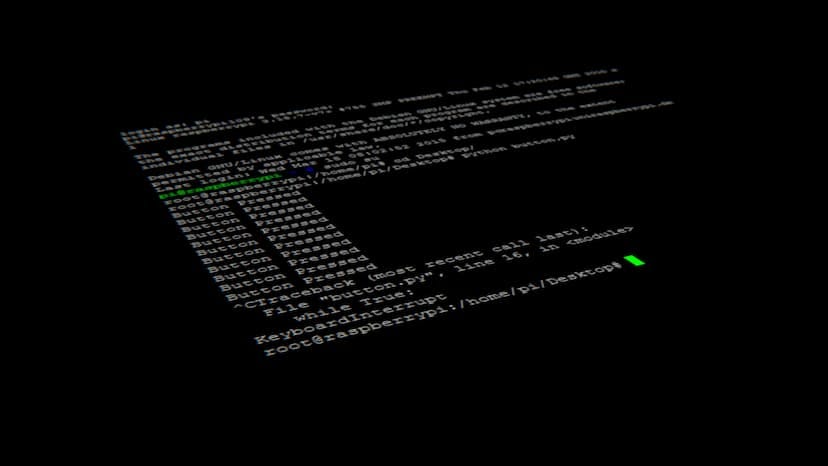Linux System Administration Topics Asked in Interview
Linux administration is a broad field, and interview questions can cover a wide range of topics. Here are the most common topics that are frequently asked about in interviews.
Are you gearing up for a Linux system administrator job interview and feeling overwhelmed by the vast array of topics you might be quizzed on? Fear not, as we've got you covered! In this comprehensive guide, we'll walk you through the top interview topics that Linux system administrators are commonly asked about. From file system management and user administration to networking, security, and automation, we'll delve into each area to help you brush up on your skills and ace that interview. Whether you're a seasoned sysadmin looking to refresh your knowledge or a newcomer eager to break into the field, this blog post will equip you with the essential know-how to tackle any Linux administration interview with confidence.
File System Management
Understanding different file systems (ext4, XFS, etc.).
Managing disk partitions with tools like fdisk, parted, or gparted.
File system mounting and unmounting (mount, umount, etc/fstab).
Disk quotas and how to set them up.
User and Group Management
Creating, modifying, and deleting users and groups (useradd, usermod, userdel, groupadd, groupmod, groupdel).
Password management (passwd, etc/shadow).
User and group permissions (chmod, chown, chgrp).
Access Control Lists (getfacl, setfacl)
Process Management
Listing running processes (ps, top, htop).
Managing processes (kill, killall, pkill).
Process priority and scheduling (nice, renice).
Package Management
Package installation, removal, and updating (apt, yum, dnf, zypper).
Package querying (dpkg, rpm, yum, dnf, zypper).
Repository management and configuration.
Networking
Configuring network interfaces (ifconfig, ip, nmcli).
Managing network services (systemctl, service).
Firewall configuration and management (iptables, firewalld).
Troubleshooting network issues (ping, traceroute, netstat, ss).
System Security
User authentication and authorization (PAM, sudoers file).
SSH configuration and key management.
File permissions and ownership.
System hardening practices (disabling unnecessary services, configuring SELinux/AppArmor).
Backup and Recovery
Backup strategies (rsync, tar, dd, dump, restore).
Disk imaging and cloning.
RAID configuration and management.
Disaster recovery planning.
Monitoring and Logging
Monitoring system performance (vmstat, iostat, sar).
Log file management (syslog, journalctl).
Log rotation and compression.
Virtualization and Containerization
Virtualization technologies (KVM, VirtualBox, VMware).
Containerization with Docker or Podman.
Managing virtual machines and containers.
Automation and Scripting
Shell scripting (Bash, Python, Perl).
Task automation with cron jobs.
Configuration management tools (Ansible, Puppet, Chef).


